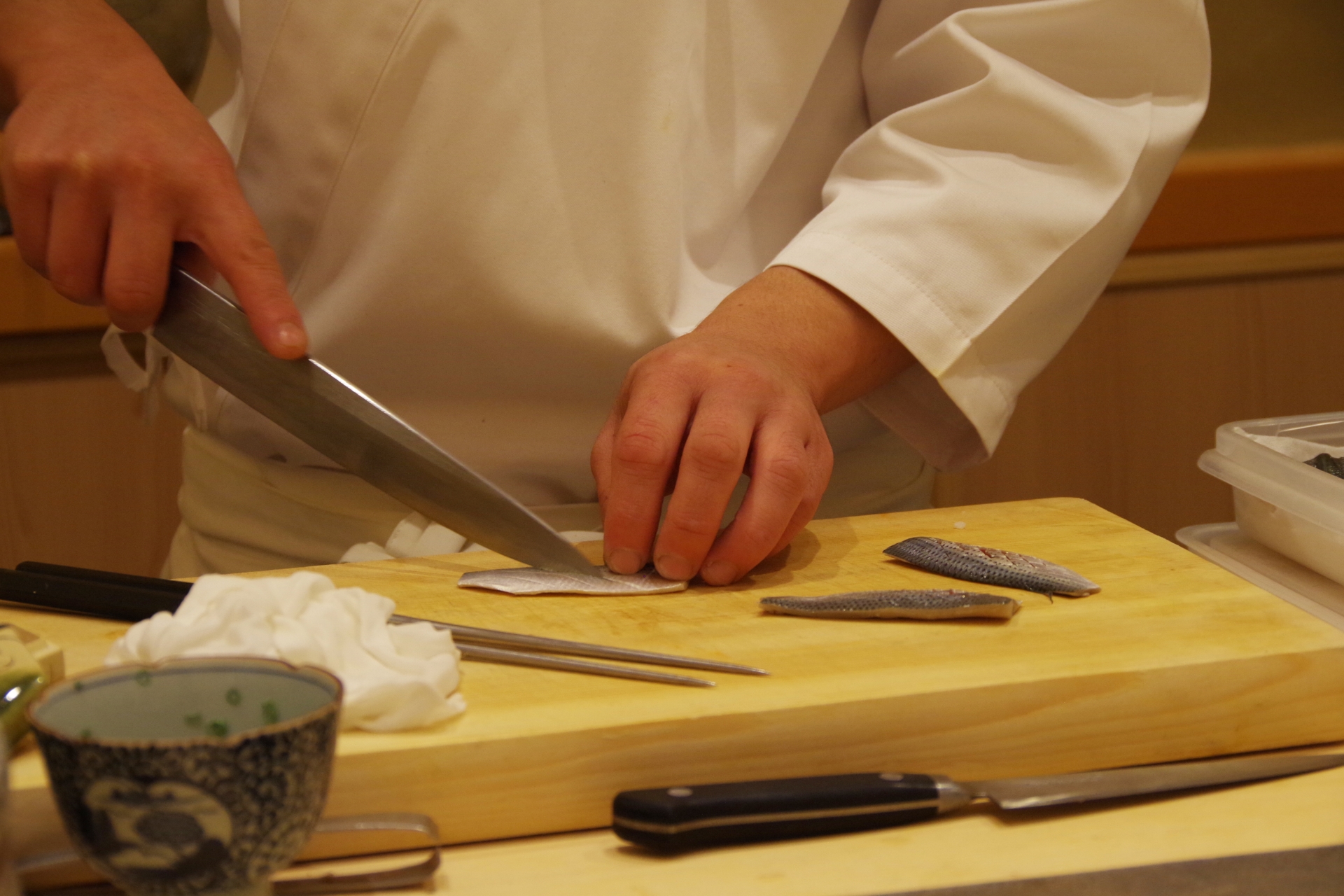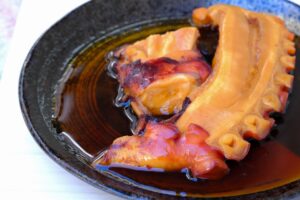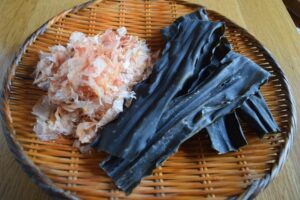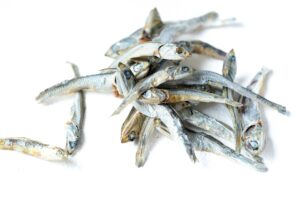If you’ve ever dined at a high-end sushi bar or browsed a Japanese restaurant menu, you may have encountered the term omakase. But what does it truly mean, and why do food lovers across the world consider it a must-try culinary adventure? In this guide, we’ll break down the meaning, origin, etiquette, pricing, and the unique cultural and emotional appeal of omakase dining.
What Does “Omakase” Mean?

“Omakase” (おまかせ) is a Japanese word that translates literally to “I’ll leave it up to you.” In a dining context, it means placing your full trust in the chef to serve you a curated meal based on what is fresh, seasonal, and inspired at that moment. Rather than selecting items from a menu, diners surrender control, allowing the chef to take them on a culinary journey.
This concept originated in Japanese sushi culture, particularly in intimate, high-end sushi bars where the chef prepares dishes one at a time directly in front of the guest. In recent decades, omakase has gained popularity outside of Japan, especially in cities like New York, Los Angeles, and San Francisco. It is now recognized globally as a luxurious, immersive dining style that showcases the chef’s creativity and expertise.

The Origins and Cultural Appeal of Omakase
Taste the Seasons: The Beauty of Seasonal Ingredients
Omakase is deeply rooted in the Japanese concept of “shun” (頃), which refers to food being at its seasonal peak. Chefs craft omakase menus to highlight the freshest ingredients available during each season. For example, you might experience fatty tuna (toro) in winter or sweet shrimp (amaebi) in spring. This seasonal approach ensures not only optimal flavor but also an educational experience for diners, who learn to appreciate nature’s rhythms.
A Personal Connection with the Chef
Unlike traditional restaurant dining, omakase thrives on direct interaction between diner and chef. This creates a unique bond built on trust and appreciation. Chefs often serve dishes over a counter, explain their ingredients, and respond to diners’ reactions in real time. This relationship transforms a meal into an intimate, performative art form.
An Elevated, Intimate Dining Experience
The ambiance of an omakase meal is just as important as the food. Lighting, seating arrangements, and pacing are meticulously curated to create a memorable, almost meditative experience. With typically fewer than ten seats, each diner receives personalized attention. The slow unveiling of each course creates anticipation and mindfulness that heightens the senses.
How Omakase Works: What to Expect at the Table
Omakase usually begins with a seat at a sushi counter, where the chef stands directly across from you. There is often no printed menu. The chef begins preparing one course at a time, often starting with lighter fare like sashimi or appetizers, gradually moving into heavier dishes such as sushi or grilled items.
Most omakase meals feature 10 to 20 courses and may last anywhere from 90 minutes to over two hours. The chef adjusts dishes based on seasonality, market availability, and your reactions. While traditional omakase offers little room for selection, modern establishments may allow limited preferences (e.g., no raw fish or certain allergies).
Typical Omakase Dishes
While omakase menus vary, some elements appear frequently:
- Sashimi: Thinly sliced raw fish served as an opener.
- Nigiri Sushi: Hand-formed rice topped with fish.
- Appetizers: Small dishes such as marinated seaweed, tofu, or pickled vegetables.
- Grilled or simmered items: Cooked seafood or meat.
- Soup: Often miso soup or a seasonal clear broth.
- Dessert: A small, refined sweet to close the meal.
The ingredients and preparation techniques will differ based on the chef’s background and inspiration, making each experience unique.
How Much Does Omakase Cost?
Pricing varies widely depending on the restaurant’s location, reputation, and ingredient quality. Here’s a breakdown:
| Price Tier | Typical Inclusions | Setting Description |
| $50–$100 | Basic sushi, 6–8 courses | Entry-level sushi bars |
| $100–$200 | Premium fish, 10+ courses | Mid-range omakase spots |
| $200+ | Rare ingredients, chef-led experience | High-end counters |
Higher-tier omakase often features exotic ingredients like uni (sea urchin), A5 wagyu beef, or imported seasonal delicacies. The price also reflects the chef’s craftsmanship and the intimate nature of the setting.
Omakase Etiquette: Do’s and Don’ts
- Do arrive on time and keep your phone on silent.
- Do engage respectfully with the chef.
- Do eat sushi as soon as it’s served—timing matters.
- Don’t add soy sauce or wasabi unless the chef suggests it.
- Don’t request substitutions unless for allergies.
- Don’t wear strong perfume, as it can distract from aromas.
- Tipping: In the U.S., tipping is customary. A 15–20% tip is standard unless gratuity is included.
Can You Make Special Requests?
While omakase traditionally implies full trust in the chef, most modern venues accommodate dietary restrictions if informed in advance. Vegan omakase is increasingly available, especially in large cities. However, avoid last-minute changes, as ingredients are often procured specifically for the evening’s menu.
Omakase vs. Kaiseki: What’s the Difference?
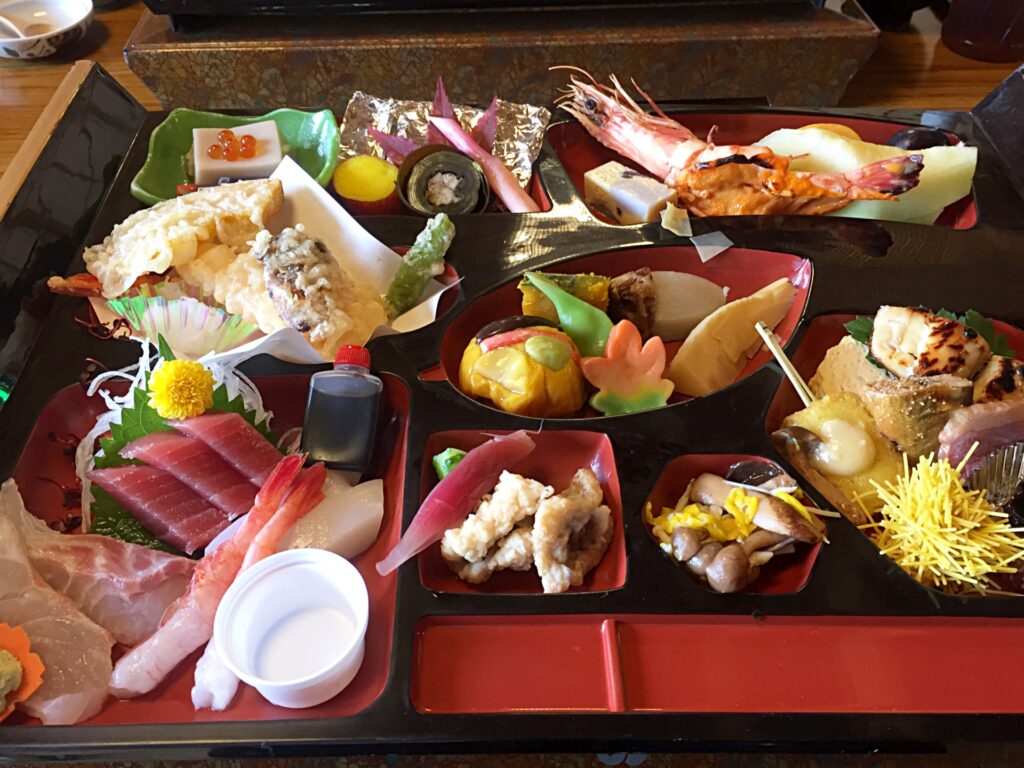
| Feature | Omakase | Kaiseki |
| Structure | Chef’s choice | Fixed multi-course meal |
| Flexibility | High | Low |
| Focus | Sushi-centric | Seasonal, balanced cuisine |
| Atmosphere | Interactive | Formal, ceremonial |
Kaiseki is more structured and formal, with roots in Japanese tea ceremony culture. Omakase, on the other hand, focuses on real-time chef creativity and is more dynamic in pacing and content.

Is Omakase Always Sushi?
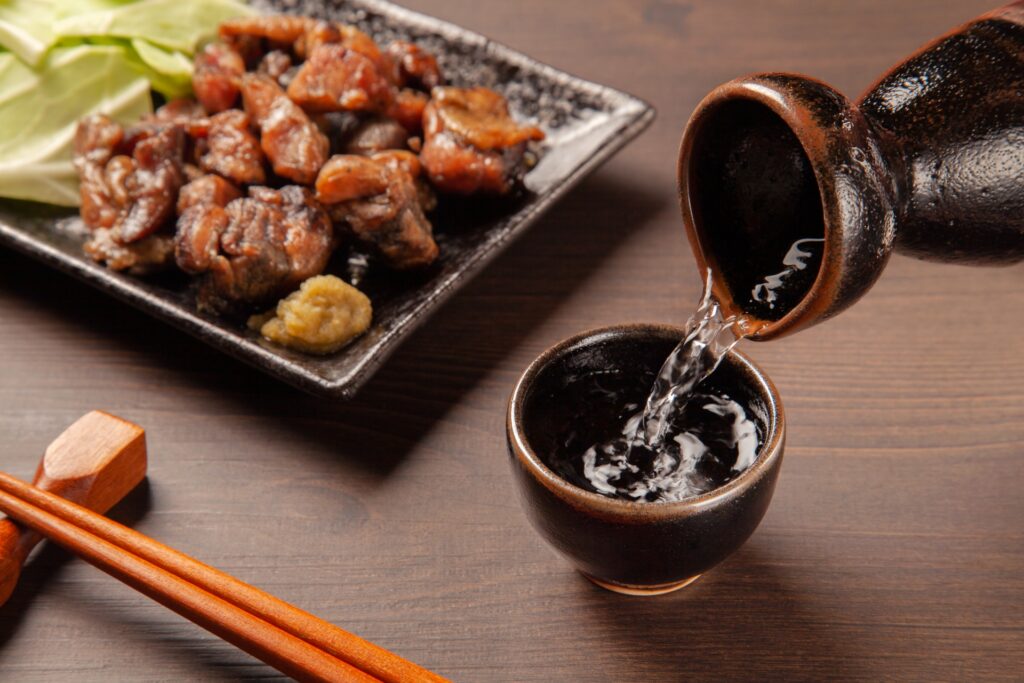
Not necessarily. While sushi is the most common expression of omakase, the concept applies to other Japanese cuisines. You may find:
- Tempura Omakase: Seasonal fried dishes.
- Yakitori Omakase: Grilled chicken skewers.
- Wagyu Omakase: Multiple beef-focused courses.
The unifying factor is the chef’s control and creativity, regardless of cuisine.
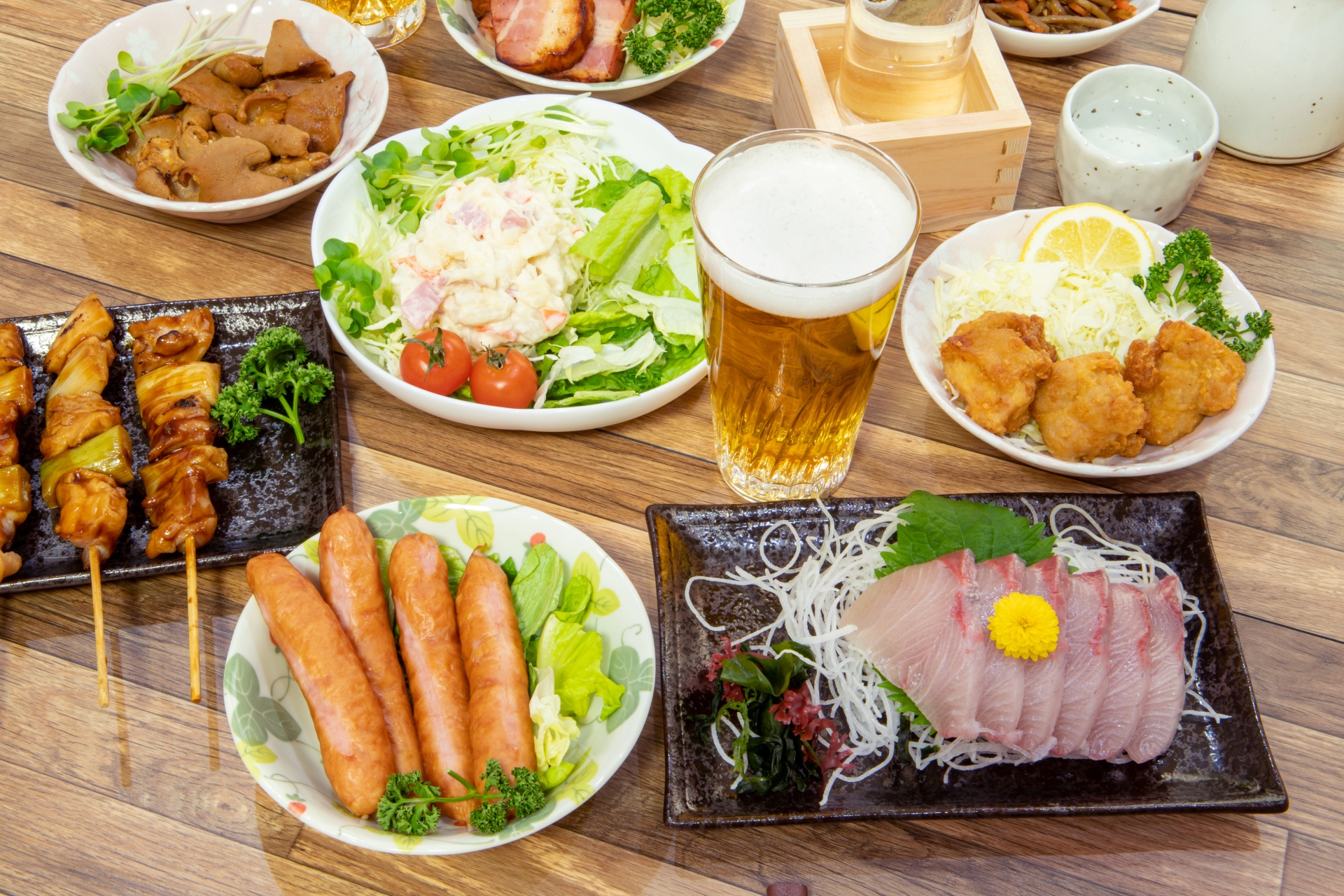
Omakase in Modern Life: Expanding Beyond the Sushi Bar
The omakase approach has evolved beyond restaurants. In hair salons, stylists now offer “omakase cuts” where they decide the hairstyle based on your facial features and preferences. Bartenders also create “omakase cocktails,” crafting drinks on the spot based on mood and flavor profile. Even travel experiences are now curated omakase-style, removing decision fatigue and maximizing surprise and personalization.
Omakase vs. Osusume: Understanding the Nuance
| Item | Omakase | Osusume (Recommendation) |
| Decision | Entirely chef-driven | Customer has final say |
| Freedom | Very low | High |
| Experience | Curated, immersive | Guided, flexible |
“Osusume” is often used to suggest popular or recommended dishes, but diners retain choice. “Omakase” involves deeper trust and a more theatrical, curated experience.
Final Tips for First-Time Omakase Diners
- Choose Wisely: Research chef credentials and diner reviews.
- Dress Smart: Business casual or nicer; avoid distracting attire.
- Book Ahead: Many places require reservations weeks in advance.
- Stay Open-Minded: The joy of omakase lies in the unexpected. Embrace unfamiliar dishes as part of the experience.
Conclusion: Why Omakase Is More Than Just a Meal
Omakase is not just a way to eat—it’s a celebration of trust, craftsmanship, seasonality, and human connection. It represents a uniquely Japanese approach to dining that values subtlety, care, and mindfulness. As the concept spreads beyond sushi bars to other industries, omakase continues to inspire people to let go and savor expertly crafted experiences. Whether you’re a seasoned foodie or a curious newcomer, an omakase meal can open your senses and deepen your appreciation for culinary artistry.

